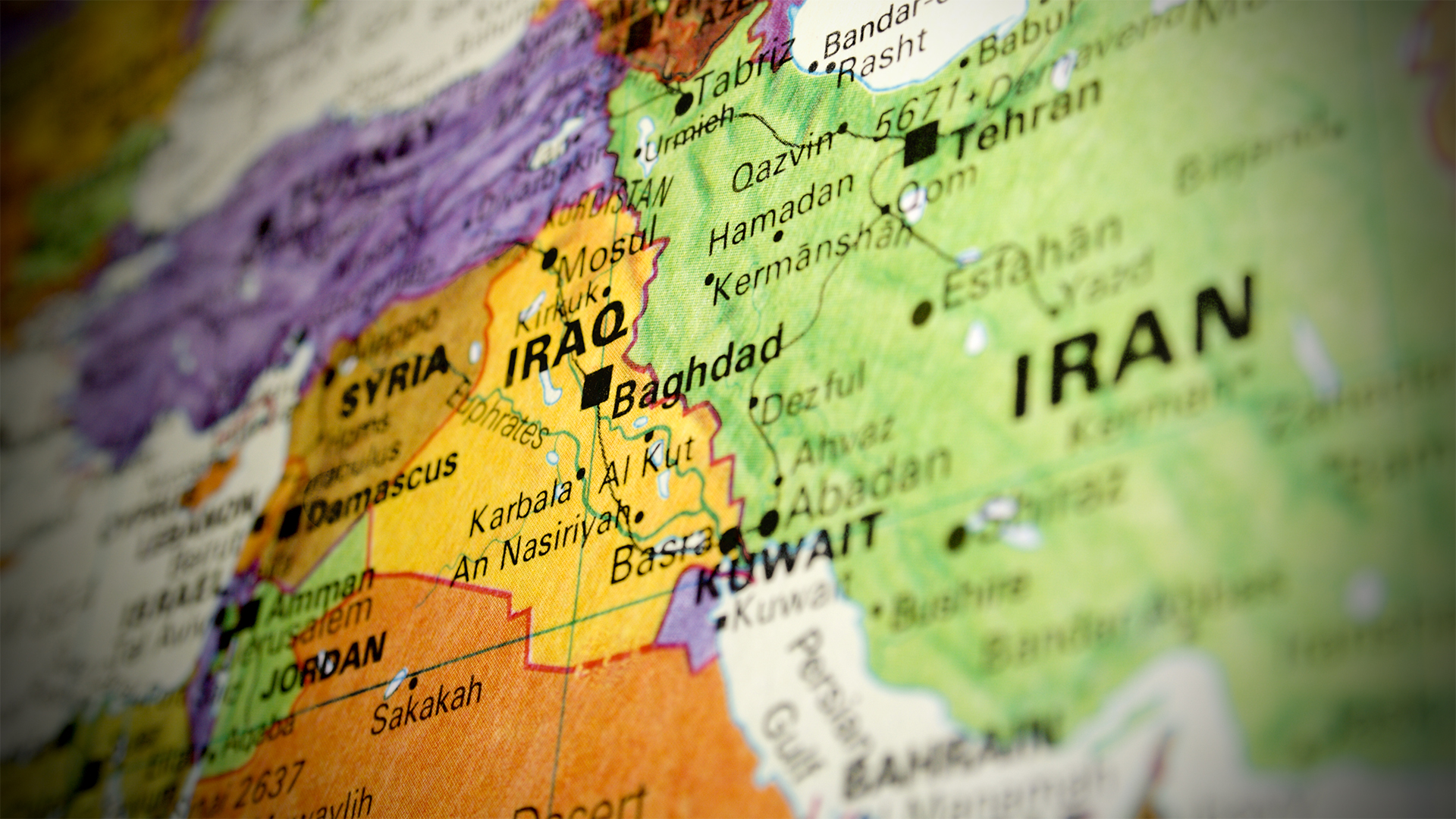Details are very thin and fleeting at the moment, but it seems clear that Israel has launched its counterstrike against Iranian interests in response to the large-scale attack directly on Israeli territory that occurred over the weekend.
The news began developing around 3:00 AM local time in Israel that explosions occurred in Iraq and in towns in Iran where well-known nuclear program-related facilities are located. There was also talk on social media of jets being heard flying very low in Eastern Syria and Iranian-related targets struck in Iraq, as well.
The extent of Israel’s reprisal campaign is unknown at this time. This could be a ‘one and done’ operation or it could be an extended campaign. Iran has made various ominous statements that it would respond in full force if Israel were to respond in kind to Tehran’s own revenge strikes.
The United States has told Israel it would not take part in a reprisal operation after air defenses, including U.S. and other allied assets, almost totally rebuffed Iran’s drone, ballistic, and cruise missile barrage over the weekend. This would limit the magnitude and frequency of Israel’s operation, but the Israel Defense Forces (IDF) has been planning for this exact type of contingency for many years.
The current spike in hostilities, which are unprecedented, began when Israel bombed an annex of the Iranian consulate in Damascus, Syria, earlier in the month, killing three top IRGC commanders.
The escalation ladder at this point is the highest we have seen in the region. We will be updating this post with any new information that becomes available.
UPDATE: 10:15 PM EST—
A stream of videos, which remain unconfirmed are coming out of Iran of attacks near Iranian nuclear sites:
ABC is reporting direct strikes inside Iran.
Iran’s state media is reporting it has activated air defenses.
First reporting on potential targets beyond the proximity of nuclear development sites:
Going after the Iranian Air Force would fit with Iran’s only known target during its barrage on Israel, the IAF’s Nevatim Air Base. Obviously this is very preliminary and from Iran directly, so take everything as a possibility at this point.
CBS is now reporting Israeli missiles have hit Iran.
Iran has cancelled flights into and out of Tehran:
Iranian media saying no explosions occurred in Isfahan and that Iranian air defenses intercepted three threats:
Reuters reports that Iranian media says air defenses were activated against what was possibly a drone:
BBC now also reporting that U.S. officials confirm an Israeli missile hit Iran:
Iran is saying they intercepted drones and that nothing hit the ground:
UPDATE: 11PM EST—
Fox is reporting that sources tell them the strike was “limited.”
CNN is says their sources confirmed the attack and that Israel agreed not to go after nuclear targets:
Iran says nuclear facilities are untouched.
The Israeli government is not commenting at this time. This is pretty standard for any kinetic actions they take.
NBC also reports the U.S. was notified ahead of time of the strike and was not involved in the operation:
This may have been a one and done. Hopefully calm going forward, but stimulating Iran’s most critical air defenses and getting their up-to-date electronic order of battle prior to something larger is a very real tactic, especially using vulnerable decoys. I think the likelihood is that this is not the case, but it still must be considered.
Remember, Israel is the absolute king of this exact tactic set and wrote the book on it using drones. They have systems specifically designed for this. Here is a full backgrounder from 2017 I believe (the date is wrong).
Decoys used to stimulate air defenses come in many flavors beyond light drones, including small air-launched cruise missiles that lack warheads and carry radar reflectors and can also feature EW packages.
Intelligence garnered can be used for mission planning of course and to increase the survival of assets via SEAD/DEAD, avoidance, and EW, but it can also influence what comes next overall and the risk involved with perusing various target sets with various capabilities.
UPDATE: 11:50 PM EST—
More reports that Isfahan Air Base, a key base for Iran’s small Tomcat fleet, colocated with the civilian airport, was the epicenter of the action:
Jennifer Griffin reporting that the strike was designed to be limited and indirect in nature.
Iranian officials are downplaying the incident, calling it a failed strike:
Contact the author: Tyler@twz.com
